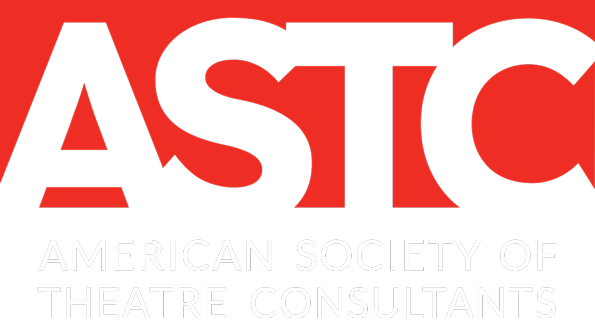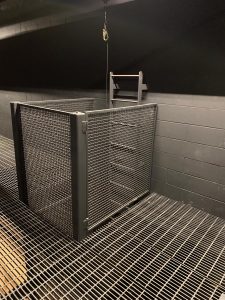Did You Know – Ladder Changes
Whenever possible, straight ladders should be avoided as they are the most difficult to use, especially if one needs to carry tools or equipment. Many times, these items must be hoisted up separately. Ships ladders, staircases, and direct, same level access are always preferred to mitigate or eliminate the danger of a fall. This is especially important in non-professional venues like High School auditoriums and Community Theatre spaces.
When a straight ladder is the only option, there are building codes and OSHA regulations that must be considered. Until very recently all that was required by OSHA Section 1910.27 was that there be a “resting” landing every 30 feet, and the ladder had to be caged.
In 2016, OSHA made significant changes to the requirements to new and existing fixed ladder systems, per this excerpt from the November 2016 “OSHA Fact Sheet” (OSHA Document DSG FS-3903 https://www.osha.gov/Publications/OSHA3903.pdf):
“The new rule phases in a requirement for employers to have ladder safety or personal fall arrest systems for fixed ladders that extend more than 24 feet, and phases out the use of cages or wells for fall protection under the following timeline: Starting in two years (2019), all new fixed ladders and replacement ladder/ladder sections must have a ladder safety or personal fall protection system. For existing ladders, within two years, employers must install a cage, well, ladder safety system, or personal fall arrest system on fixed ladders that do not have any fall protection. Within 20 years, all ladders extending more than 24 feet must have a ladder safety or personal fall arrest system.”

In the UK, some ladders designed for fall arrest have a vertical track. From the Royal Academy of Music in London. Photo by Peter Rosenbaum, ASTC.
By Peter Scheu, ASTC
Disclaimer: Any views or opinions expressed in this article are solely those of the author and do not necessarily represent those of the American Society of Theatre Consultants. This article is for general information only and should not be substituted for specific advice from a Theatre Consultant, Code Consultant, or Design Professional, and may not be suitable for all situations nor in all locations.



